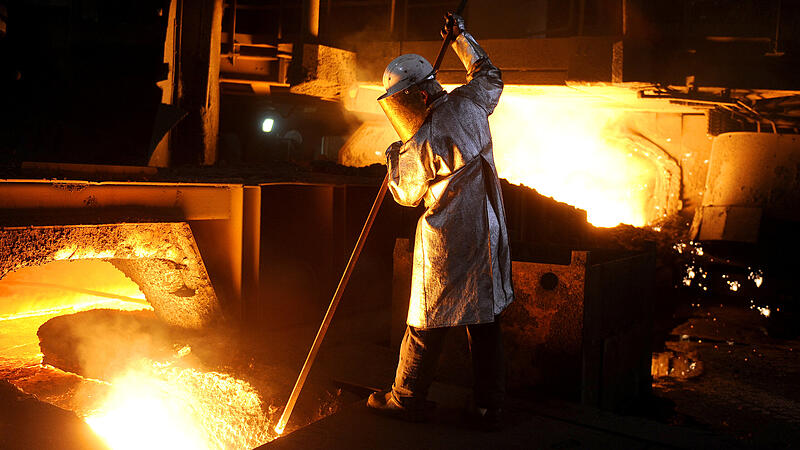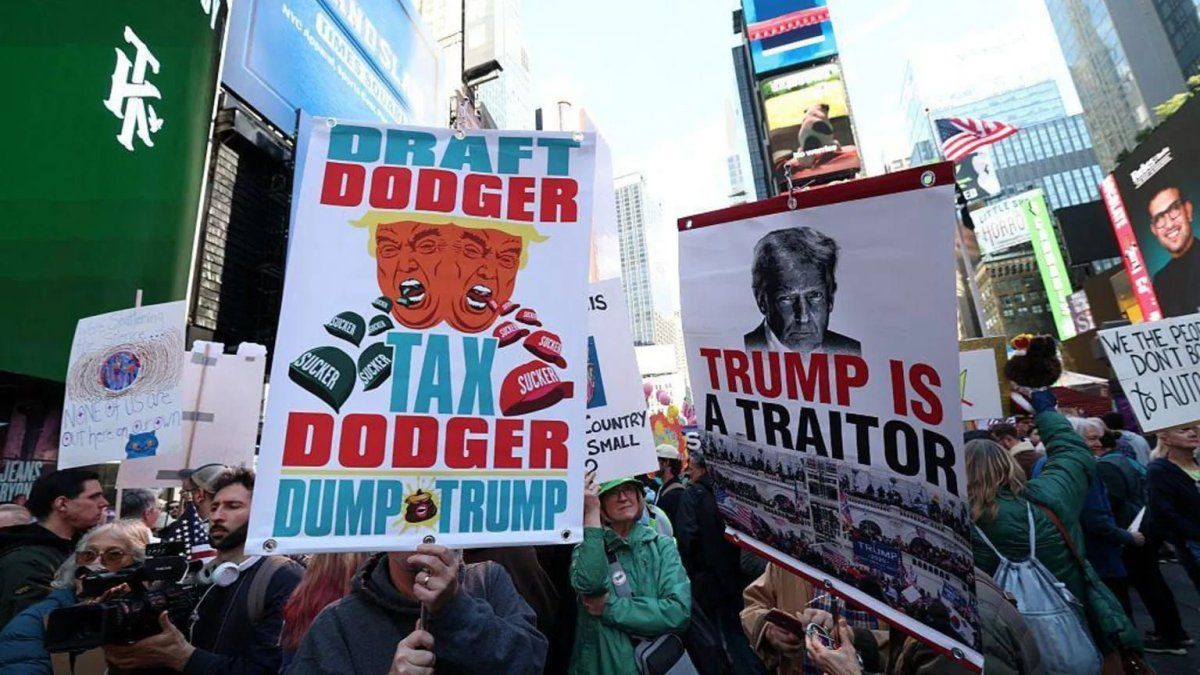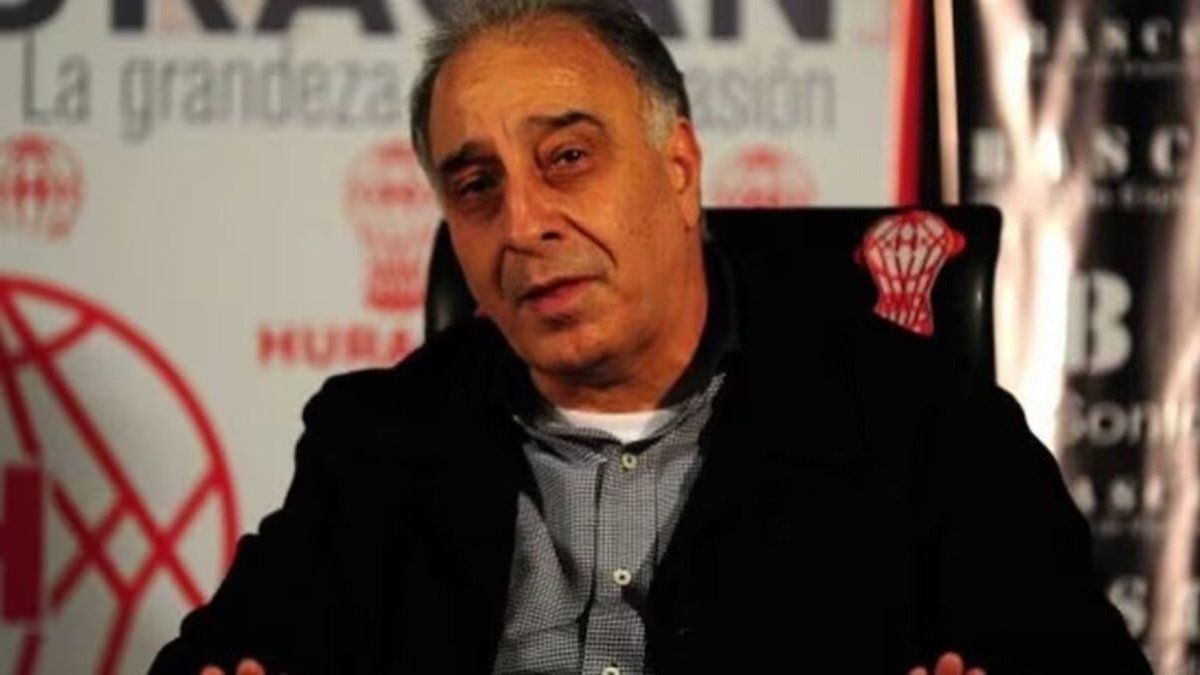Image: HANS KLAUS TECHT (APA)
On Monday, representatives of the GPA and PRO-GE unions will hand over their wage demands to employers in the metalworking industry. The unions have ruled out a deal below the average inflation of the past twelve months – 9.6 percent. But there are also bargaining chips beyond wage increases, such as vacation and working hours.
Employers are painting a bleak picture of the economy in advance; they have so far refused to reduce working hours with full wage compensation or to reach the sixth week of vacation earlier. And by the way, the government has also implemented cost-of-living adjustments to mitigate the high inflation, which must be taken into account.
“No wage-price spiral”
Certainly not, is the answer from GPA and PRO-GE. This is about a sustainable wage and salary increase; it has nothing to do with government measures. The unions also reject one-off payments, which employers want to make palatable, because this is only a one-off effect and will not be included in next year’s negotiations. There is also no wage-price spiral, but rather the government has done too little to combat inflation and now the employees cannot be left out in the cold, according to the employee representatives.
ÖGB President Wolfgang Katzian recently said: “We are not changing the rules of the game, we are not negotiating for the future.” Finally, last year the social partners in the metal industry also concluded with rolling – i.e. twelve-month – inflation as a basis, although inflation was already increasing when the agreement was reached in autumn 2022. At that time, the employers argued that this increase would be compensated for this year anyway – and that must now apply, said Katzian.
One-off payments are, at best, “chives in a sandwich”
Most recently, wage and salary agreements were around ten percent plus – gross, mind you. Parcel deliverers were an outlier; from 2024 they will receive an average of 16 percent more in their accounts. In any case, PRO-GE boss Reinhold Binder made it clear that the demand for the collective agreement (KV) would certainly be in the double digits and that reductions in working hours would be an issue. The one-off payments envisaged by employers are, at best, “cheesy bread and butter”.
The metal technology industry has generated record income in the past two years, exports are still going well, and now it is the employees’ turn, says Binder. This year, for the first time, he is leading the more than 130,000 employees in the metal technology industry into the autumn wage round. In total, the metal industry employs a good 200,000 people, but at the request of the employers, the other sectors of the industry negotiate in their own rounds. However, in the past the degrees were the same. The minimum wage in the metal industry is currently 2,236 euros gross.
Knill: “We can only distribute what we earn”
His counterpart Christian Knill, an industrialist from Styria and chairman of the Metal Technology Industry Association (FMTI), had already emphasized: “We can only distribute what we earn.” And he made it clear: “Our task is not to guarantee purchasing power in Austria.”
Wifo wage expert Benjamin Bittschi recently spoke of a “dilemma”. The high wage demands due to the sharp rise in inflation are just as justified as the employers’ presentation of the poor economic situation in the industry.
What the metal workers are in the fall, the employees of the electrical industry are in the spring, introducing the first big pay round of the year. The industry closed this year with an increase of 9.9 percent.
It is also interesting to take a look at the guesthouses
Last year, the social partners in the metal technology industry agreed on an average increase in actual wages of 7.44 percent, with the increase consisting of an increase of 5.4 percent and a monthly payment of 75 euros. Rolling inflation at the time was 6.4 percent; the unions started the negotiations with a demand of plus 10.6 percent. It is also interesting to take a look at pensions: These will rise by 9.7 percent in the coming year, the same also applies to social and family benefits (family allowance, childcare and sick pay, study allowance, etc.).
If employers and employees cannot agree, the KV from the previous year continues. Since this would mean a loss of real wages for the employees, the pressure from the employees is usually increased during the negotiations with works meetings and warning strikes.
The strike statistics in the metal industry show two major work stoppages in the recent past: in 2011 there were strikes in around 200 companies with 100,000 employees and in 2018 in over 240 companies with more than 70,000 employees. There is currently a labor dispute at the frozen food manufacturer Ardo in Lower Austria.
more from economics




